Keep the Tail Wagging is supported by pet parents. I occasionally earn a commission (at no additional cost to you) when you click through an affiliate link to one of my favorite products. Thank you for your support. Read More
Please note that I'm a pet parent sharing my experience with my dog who was diagnosed with hemangiosarcoma. I am not a veterinarian and nothing in this blog post should be used to diagnose your dog. Please use this information to become familiar with the symptoms of this cancer and one pet parent's treatment plan. It's important that you work closely with your vet on the care of your dog.
One of the things you'll find yourself doing is monitoring your dog for internal bleeding. Some days it'll just be a check-in on how your dog is doing and other days you'll feel like a paranoid nag who can't leave your dog alone as you're trying to figure out if they are having a bleed.
I spent days researching “how do I know if my dog is having a bleed?” and decided to write a blog post to help others based on what I've learned with my dog.
Please keep in mind that every dog is different and while these symptoms are fairly consistent, your dog may exhibit more signs or fewer.
The first time Sydney had a bleed was six days after her diagnosis and I was freaking out. She had been restless all night (couldn't get comfortable, making noises), she was lethargic, didn't have an appetite, her gums were closer to white than pink (they're usually a light pink). I knew something was off so we gave her the small red pill (the emergency pill in the Yunnan Baiyao pack) and within 30 minutes her gums were pinker, she was tired (sleepy) but was more willing to move. She was also ready to eat within a few hours after she had the emergency pill.
After a bleed, I let Sydney rest for as long as she needs; this can be several hours to several days.
How I Know My Dog is Having a Bleed
Here is a list of what to look for if you think your dog is having a bleed. Please note that it can be all of these or a few of these. We've experienced two bleeds so far and they didn't present the exact same way.
- restlessness / can't get comfortable
- lethargic / sleeping / uninterested
- lack of an appetite
- pale/white gums
- cold ears/paws
- distended belly (more than usual) and harder belly (more than usual)
- walking across a room is exhausting
- difficulting standing, wobbling, or they collapse
If you are concerned at any time, a trip to the emergency vet isn't out of hand. I don't think we will ever regret being overly cautious with our dogs. So far, we haven't had to rush Sydney to the emergency vet; instead, we check in with her daily: gums, energy level, ear and paw temp, appetite, temperament. If all is good, then we celebrate a good day. If something is off, then we monitor Sydney.
What I Do When My Dog is Having Bleed
Figuring out if my dog was experiencing a bleed has been difficult. When I initially wrote this blog post, I thought I had it down, but then she experienced a slow bleed for several days (I think) and I didn't catch it. Instead of beating myself up, I took a second look at the emergency protocol that is shared in the Facebook group and did the following for Sydney:
I gave Sydney 2 Yunnan Baiyao capsules and 1 red emergency pill (also in the package). I also slipped two phosphorus (30c) pellets into her cheek.
- The red emergency pill keeps our dogs from going into shock due to blood loss.
- The Yunnan Baiyao (2 capsules for large dogs) help to stop the bleed.
- The phosphorus 30c pellets help with diarrhea, vomiting, hemorrhaging (bleeds), it's a liver remedy and weak back legs.
This was her third bleed that we've experienced and while I can tell it's hard on my girl, it's getting easier for me to respond without panic or a lack of confidence. I'm no longer wondering if we need to let her go. This is simply a part of her life now and, looking back, I have a guess as to what caused the past two bleeds:
- Bleed #2: Sydney jumped out of the car (I drive an SUV) before I could get the ramp or lift her out. A day later, she started showing signs of a bleed. Now, if Sydney has to go to the vet, I don't open the door until I'm ready to lift her out of the car. Sometimes, her tummy is too distended, and picking her up is challenging, so that's when I use the ramp. I don't open the car door until I'm ready to put the ramp – I no longer give her a chance to get the jump on me. Pun intended.
- Bleed #3: Sydney jumped onto the bed before I could grab the ramp and she missed it with her back legs and hit the bed awkwardly, but I think it was enough to jar the system. A day later, she began showing signs of a bleed. I've been sleeping on the bed in my office (it used to be my stepson's room and his bed is still here); after her miss, we removed the box spring and I now sleep with her on a mattress that's on the floor that she can step onto with no issues.
- Bleed #3.5: Sometimes, we think that we stopped a bleed, but we just turned it down to a slow drip and that's what happened to Sydney. Within a day after stopping Bleed #3, I noticed that her tummy was at its biggest, she was restless and uncomfortable, wouldn't eat, and, lastly, her gums became pale and her ears and paws were cold.
So far, this is as serious as her bleeds have been. In the group, I've read about emergency trips to the veterinarian and blood transfusions, but that hasn't been our experience.
If you're not sure if your dog's bleed is minor or serious, please contact your veterinarian now or take your dog to the emergency vet.
How Long Does it Take a Dog to Recover from a Bleed
Please keep in mind that every dog is different.
After a megga dose of Yunnan Baiyao, Sydney is tired, she had diarrhea (which goes away after a day), and she sometimes has an upset tummy. It's tempting to give her slippery elm during this time, but I worry that it'll hinder the absorption of the YB and little red pill, so I wait until the next day before giving her something for her tummy. However, if she's eating, she can have pumpkin or squash to settle her tummy and slow the diarrhea.
For Sydney, it takes her several days (up to a week) to recover from a minor bleed. During her recovery, her gums pinken up a bit, but they're still pale because she's anemic. Her tummy is still distended (it takes time for the body to absorb the blood) and she has a lower appetite. Although it can be tempting to push our dogs to get a glimpse of their old personality, we allow Sydney to rest, we keep her warm (she has a prayer blanket), I feed her what she wants to eat (without pressure to eat), and I cool it on the supplements except Yunnan Baiyao (if it's a YB week).
The one piece of advice I've received repeatedly is to not move Sydney. So far, she'll get up when she needs to go for a potty break or needs water. I don't push her to do these things.
How Long Does it Take for the Tummy to Go Down?
One of the symptoms of a bleed is a distended tummy and it can get big. At her biggest, Sydney's waist was 35″ around. She was always uncomfortable, had trouble hunching over to poop, and couldn't get comfortable when she laid down.
I was told in the Facebook group that the good thing about a distended tummy is that it may keep future bleeds from happening. I don't know how true this is, but I don't think the person offering this tidbit was referring to 35″ around. I would prefer that Sydney's tummy go down to a manageable level.
It takes about a week for the tummy to go down and it may not go down all the way. Johan had the great idea to measure Sydney at the same time, in the same spot, every day to track the decline to keep us from stressing about it. After her last bleed, her tummy was 35″ on Day 1, then 34″ on Day 2, and still 34″ on Day 3. It takes time for the body to reabsorb the blood.
While Sydney's tummy is going down, she's uncomfortable, she's panting a lot, and she has trouble getting comfortable and is a bit restless (changing dog beds often). But these symptoms calm after about a day or two. I use essential oils by animalEO to help her during this time:
- GI Joe for tummy upset
- Calm-A-Mile to relax
- Boost in a Bottle
Foods that Are AntiCoagulants
When a dog is experiencing a bleed, it's a good idea to avoid foods/supplements that act as blood thinners because they slow the body's clotting times. This includes Chaga mushrooms, which are a strong antioxidant, and CBD oil. Other foods that are no longer a part of Sydney's diet include:
- golden paste
- ginger
- garlic
- Cassia cinnamon (not the same as Ceylon cinnamon, but I avoid all cinnamon just in case)
- sunflower seeds/sunflower oil
I've also read that foods high in Omega 3 fatty acids act as a blood thinner and hinder clotting – so it's best to avoid salmon, sardines, and other fatty fishes. Instead of removing these heart-healthy foods from Sydney's diet, I simply don't feed them to her during a bleed. Another thing that I'm doing is adding foods rich in Vitamin K to Sydney's diet to offset the sardines and salmon in her diet (she doesn't eat a ton). Vitamin K helps to produce 13 proteins needed for blood clotting and can be found in the following foods which are safe for dogs:
Foods that Support Blood Clotting
- Asparagus
- Broccoli
- Brussels sprouts
- Kale
- Parsley
- Spinach
I make a veggie mix with these vegetables for Sydney.
What I'm Using to Reduce (Stop) Bleeds
Chinese Herbs
Yunnan Baiyao helps to stop a bleed and a Chinese herbal blend helps to starve the blood vessels to reduce the possibility of a bleed. You can learn more about the supplements on my Diet and Supplement protocol for Sydney.
Essential Oils
I'm also rubbing Cistus, an animalEO essential oil, on Sydney's tummy (just a couple of drops every few days). Cistus is derived from a perennial flowering plant that grows in France, Spain, Portugal, and Morocco. It's an essential oil that has been used for hundreds of years to heal wounds. In veterinary medicine, it's used orally to stop hemorrhaging and through petting to prevent bleeding.
No Jumping On or Off Furniture
And, finally, we do not allow Sydney to jump on and off the furniture. Thankfully, she's not interested in jumping on the sofa. We have two big and comfy Big Barker Beds (they're worth every penny) that she sleeps on and she sleeps on the bed (which is now a mattress on the floor) with me.
Having Sydney's Spleen Removed
I called Sydney's veterinarian to ask her if we could schedule her for a splenectomy despite the spread of the cancer to her liver. This will take the fear of a bleed off the table and reduce the number of supplements I'm adding to her diet (which makes her nauseous). Her veterinarian is okay with removing her spleen, but since the cancer has spread to her liver, this is now a high-risk surgery. I went ahead and scheduled it to give us time to think about what path we'd like to take and to get a better idea of how to care for Sydney. I'm leaning towards NOT getting the surgery due to Sydney's age (she's 10-1/2 years old) and because her liver may have trouble processing the anesthesia.
We don't think Sydney is a good candidate for surgery at this time and don't want to put more stress on her body than she can handle. Now that we have a good system with diet, supplements, and managing her bleeds – we feel that we can keep her comfortable without the surgery while also slowing the spread of the cancer.




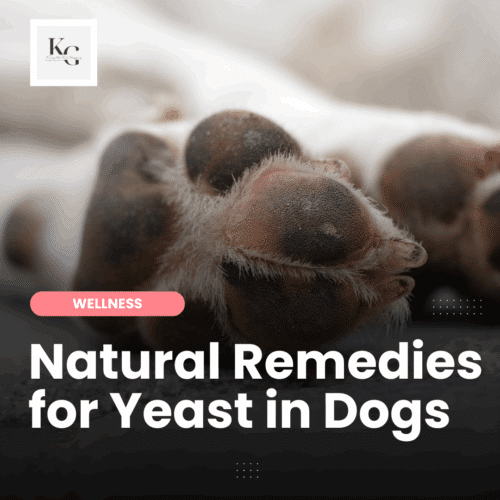
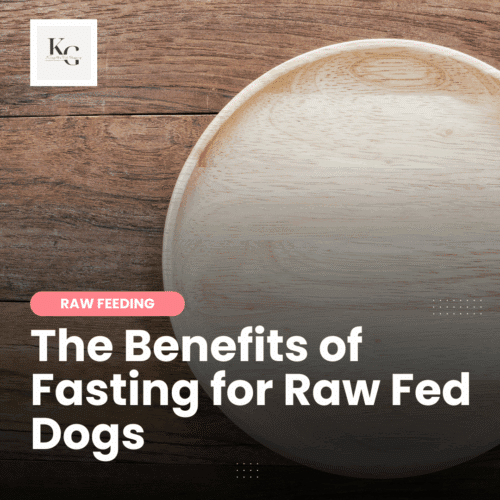
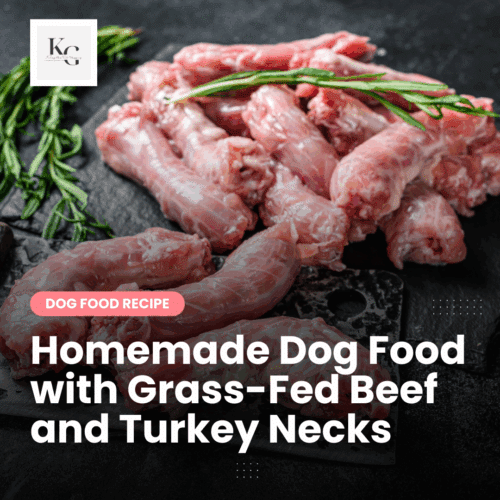
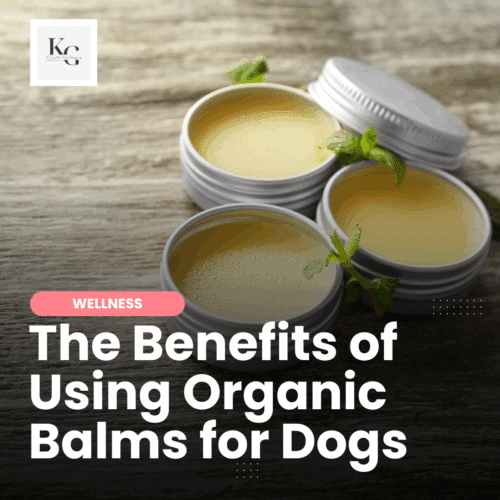

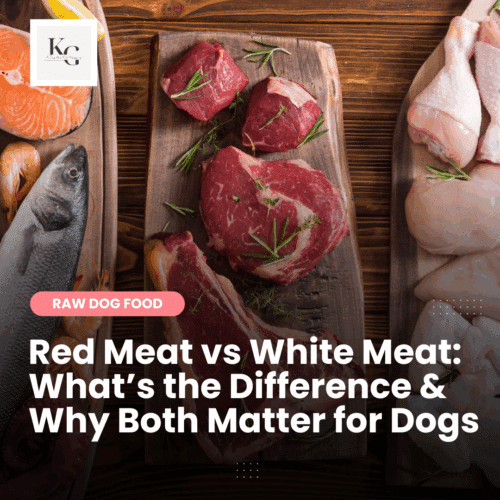



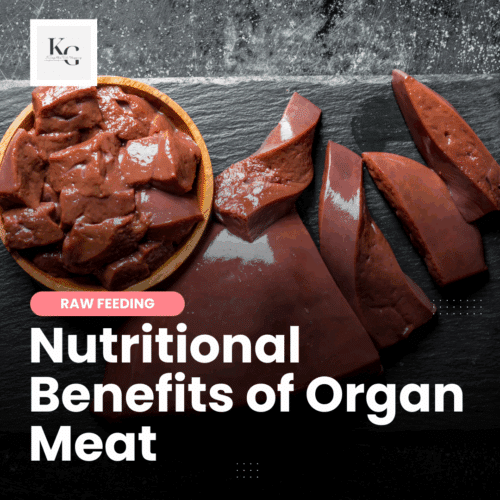


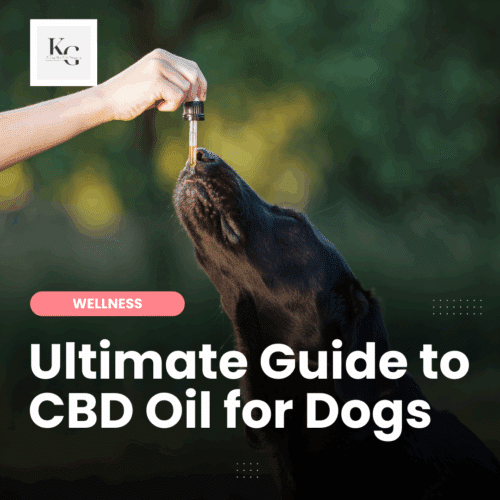
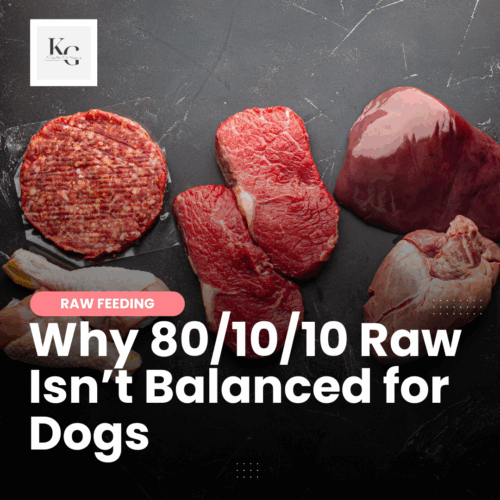
Sorry to hear about furmember. Recently lost our cat to cancer. Hoping for the best for you.